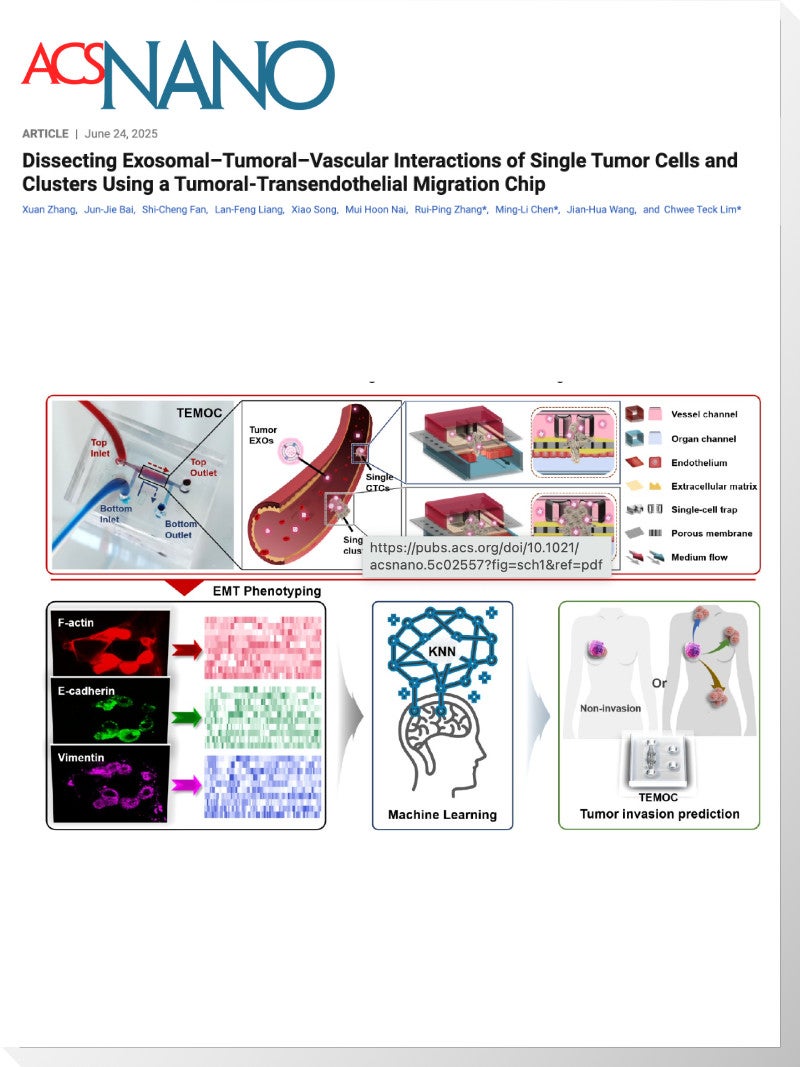The role of single-cell mechanical behaviour and polarity in driving…
- May 04, 2020

The role of single-cell mechanical behaviour and polarity in driving collective cell migration
Shreyansh Jain, Victoire M. L. Cachoux, Gautham H. N. S. Narayana, Simon de Beco, Joseph D’Alessandro, Victor Cellerin, Tianchi Chen, Mélina L. Heuzé, Philippe Marcq, René-Marc Mège, Alexandre J. Kabla, Chwee Teck Lim & Benoit Ladoux
Abstract
The directed migration of cell collectives is essential in various physiological processes, such as epiboly, intestinal epithelial turnover, and convergent extension during morphogenesis, as well as during pathological events such as wound healing and cancer metastasis. Collective cell migration leads to the emergence of coordinated movements over multiple cells. Our current understanding emphasizes that these movements are mainly driven by large-scale transmission of signals through adherens junctions. In this study, we show that collective movements of epithelial cells can be triggered by polarity signals at the single-cell level through the establishment of coordinated lamellipodial protrusions. We designed a minimalistic model system to generate one-dimensional epithelial trains confined in ring-shaped patterns that recapitulate rotational movements observed in vitro in cellular monolayers and in vivo in genital or follicular cell rotation. Using our system, we demonstrated that cells follow coordinated rotational movements after establishing directed Rac1-dependent polarity over the entire monolayer. Our experimental and numerical approaches show that the maintenance of coordinated migration requires the acquisition of a front–rear polarity within each single cell but does not require the maintenance of cell–cell junctions. Taken together, these unexpected findings demonstrate that collective cell dynamics in closed environments as observed in multiple in vitro and in vivo situations can arise from single-cell behaviour through a sustained memory of cell polarity.
Please click HERE for the research article.






